
Understanding Fungus Gnats (Sciarid Fly) & Shore Fly
Though often confused (as they occur in similar environments) Fungus Gnats and Shore Flies are unrelated pests requiring different strategies to manage their populations.
Fungus Gnats, also known as Sciarid Flies, thrive in damp, humid growing environments such as greenhouses, nurseries, and grow rooms. This pest is especially problematic in propagation areas where the moist soil provides a secure place for the larvae to mature without drying out and increases available food sources such as molds and fungi in the medium.
Note: Larvae inhabit the top 2-3 inches of growing medium and can be found anywhere on the surface, sides, and bottom of growing media.
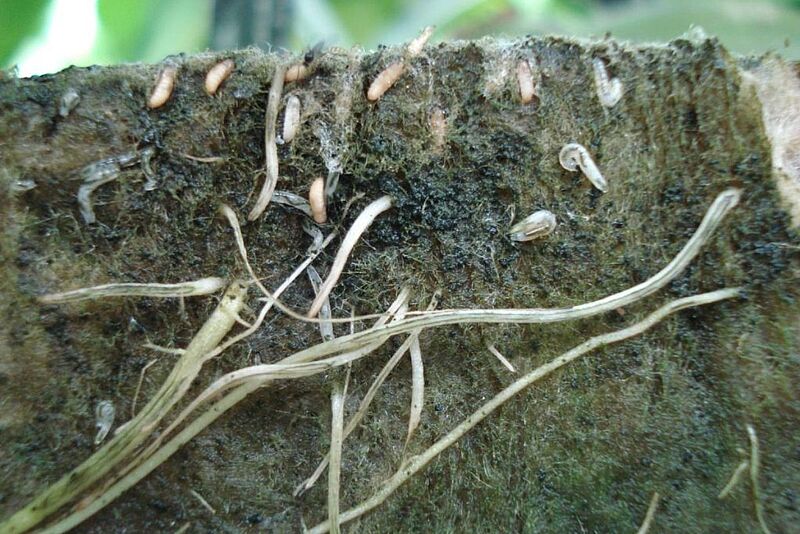
For greenhouse vegetable and ornamental growers, Fungus Gnats are primarily a concern in terms of disease spread as they are attracted to feeding on diseased plants and will further spread disease spores through defecation to surrounding plants. In some situations, they can cause significant root damage. This mainly occurs with a dense larvae infestation.
For cannabis, Fungus Gnats can cause considerable direct economic yield loss as a contaminant where flying adults get stuck to resin glands causing unsaleable buds and/or consumer complaints. Serious Fungus Gnat issues are almost always a sign of another underlying problem such as root rot disease or root aphids that must be addressed first to control the fungus gnats.
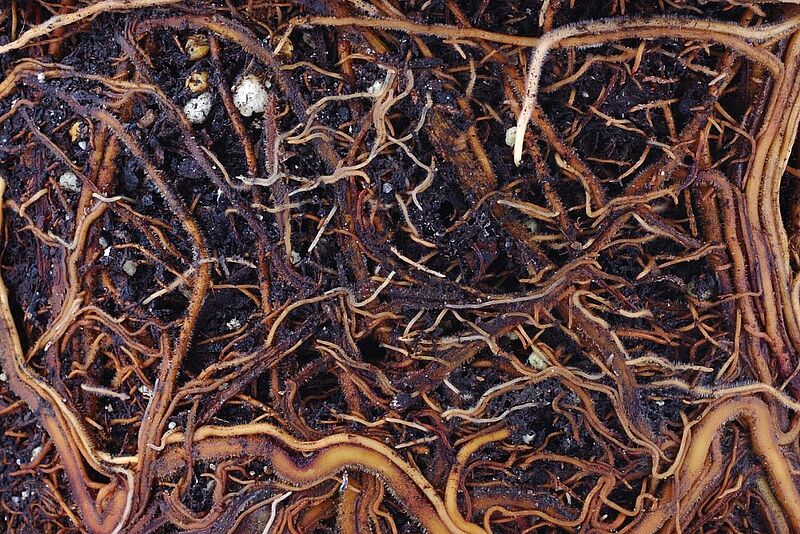
As Shore Fly rarely (if ever) feed on plant roots, they are primarily a concern to growers in terms of disease transfer and aesthetics, both from the flies themselves or fecal excrement. Shore Fly adults can carry spores of Pythium species in their gut, which germinate after excretion onto surrounding plants. The adults can also spread other common plant diseases such as Fusarium oxysporum and Theilaviopsis basicola. Fecal contamination of ornamental plants in the form of black specks on foliage and flowers can create substantial economic loss from buyer rejection. High populations of adult Shore Fly in a crop can create poor work conditions from staff breathing them in or getting them in their eyes.
While Fungus Gnats feed mostly on decaying plant matter and soil fungi, Shore Flies primarily feed on algae and soil fungi. Generally preferring moister conditions than Fungus Gnats, Shore Fly typically only become crop pests of concern in extremely wet conditions such as propagation facilities with visible algae growth on the medium and/or floor.
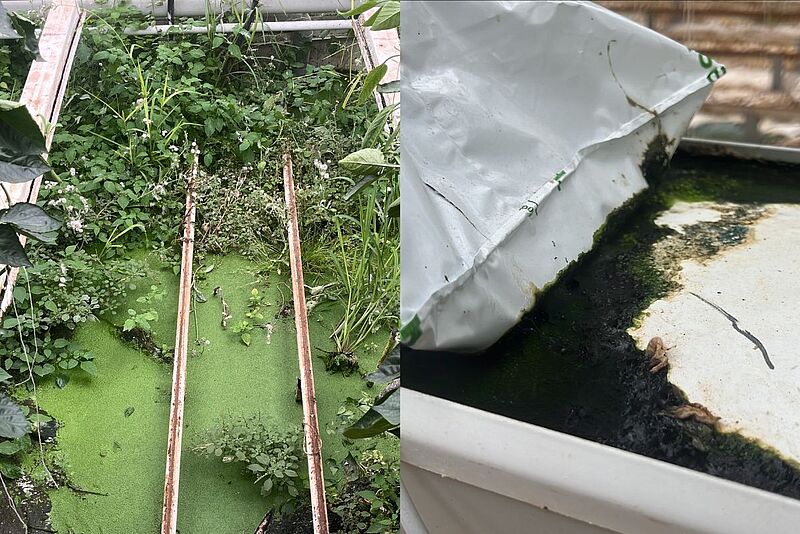
The primary species of Shore Fly found in Canadian growing facilities is Scatella stagnalis. Shore Fly are one of the most resistance species of pests to insecticides so are best controlled with cultural and biological techniques rather than chemical approaches.
How do you get Fungus Gnats and Shore Fly?
Fungus Gnats and Shore Fly are both native to North America, so typically present in your surroundings all the time waiting for an opportunity to establish in your garden. In theory they can be introduced via dormant pupae in coco or peat media but just as easily coming from a houseplant, drain or outdoors. Both pests are omnipresent, if provided the right conditions they will usually appear.
Identification - Fungus Gnat
The most common genera of Fungus Gnats that are found to cause damage to a crop are Bradysia sp. and Lycoriella sp. Fungus Gnat adults are grey and black with long segmented antennae, long legs, and have wings with a distinctive Y-shaped venation. They are also weak fliers that exhibit short, erratic flight patterns. Females can lay up to 200 eggs in the growing medium over their lifetime in moist, warm environmental conditions. The eggs are tiny, yellowish, and typically deposited near plant roots. Once hatched, the larvae are legless (wormlike) with conspicuous black heads equipped with biting mouthparts. All the damage sciarid flies cause is during the larval stage which continue to feed on the roots until pupating in the soil. Gnat pupae is off white darkening with age to yellow or brown with circular grooves which lays dormant in soil until the winged adult Fungus Gnat emerges to begin the cycle again.
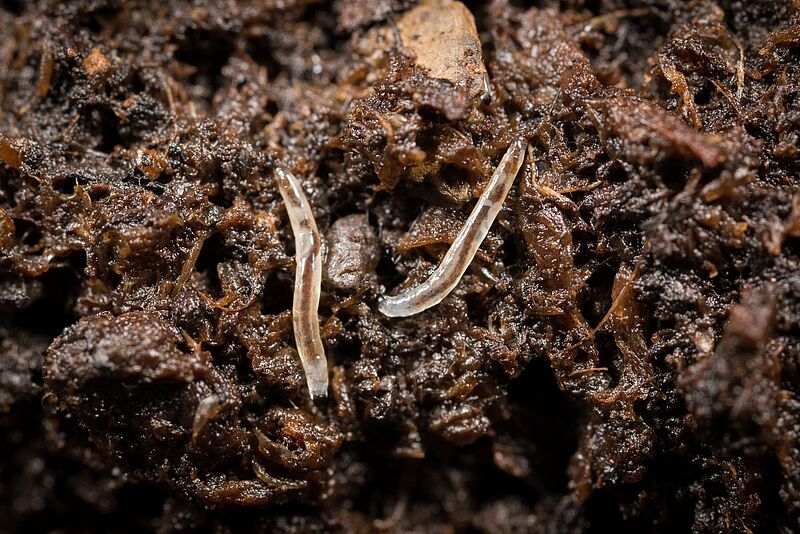
Identification – Shore Fly
Shore Flies appear as dark-bodied flies, more robust than sciarid flies, with short antennae and distinct five light-colored spots on each wing. They are stronger and faster fliers than Fungus Gnats. The larvae are tannish brown, with eight pairs of short legs and a breathing tube with dark spiracles at the posterior end with no clear head (vs clear/white with black head marking of fungus gnats). Shore Fly larvae primarily inhabit the upper soil layer with their head protruding into the algae layer to feed. Shore Fly eggs are laid singly on the surface of algae, and pupation occurs at the edge of algae mats. They do not damage the plant directly. The pupae are brown to dark brown, curved, and tapered on both ends. Roughly 2-3mm long and also have the dark spiracles at the posterior end.
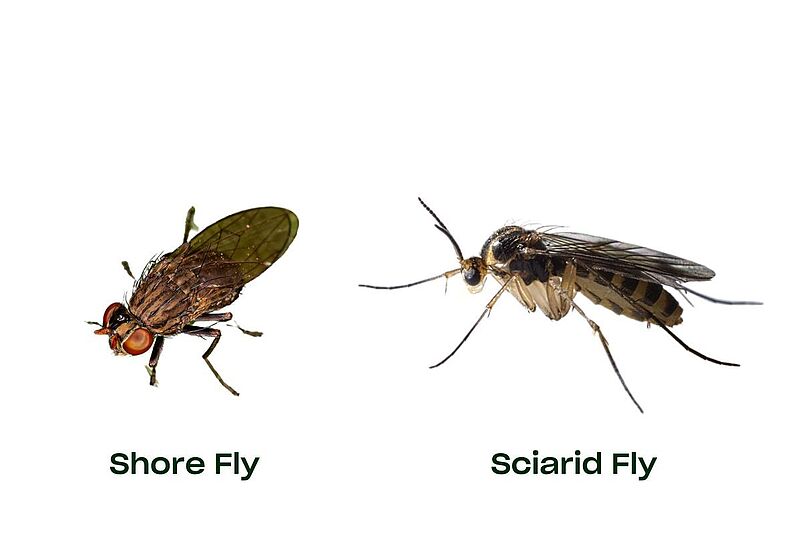
Damage – Shore Fly
Typical signs of Shore Fly damage:
- Fecal specking on leaves and flowers
- Swarms of flies when plants are brushed against by workers or customers
Damage – Fungus Gnats
Typical signs of Fungus Gnat damage:
- Yellowing plants
- Wilting
- Winged adults stuck to trichomes (on cannabis)
- Slime trails on medium surface
- Larvae visible inside hollow stems during rooting (poinsettia, etc.)
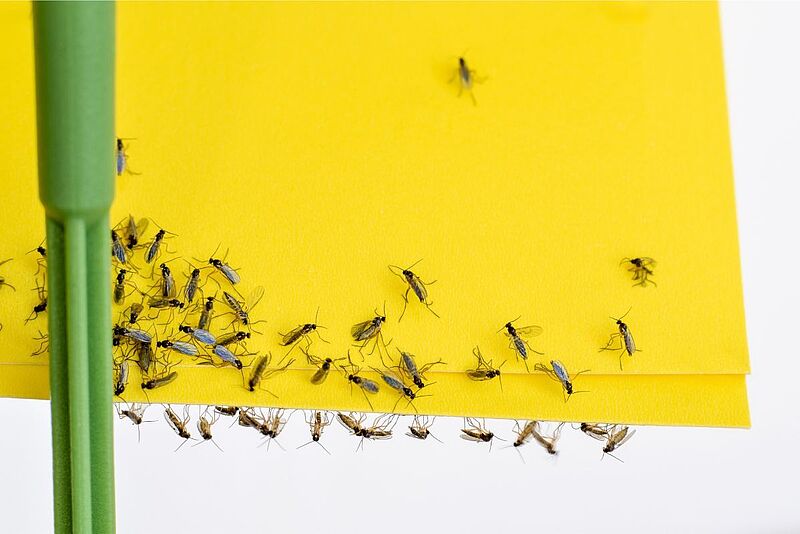
Cultural Controls
Many of the same strategies apply to both pests:
- Address underlying Issue: Fungus Gnat infestations often signal an underlying cultural problem such as root disease, over-fertilization, improper watering, root aphid infestation, or phytotoxicity from pesticide applications. Shore Fly infestations is usually an algae issue or occasionally due to a fungal growth issue from high amounts of organic fertilizers in medium.
- Note: Address this issue first, before moving forward.
- Watering cycle dry backs: Allowing the medium to dry between watering reduces egg survival of both species and deters females from laying eggs. For Shore Fly, these dry backs help minimize algae growth.
- Removing Affected Plants: Pull out plants with rotted roots to minimize food source and disease spore.
- Watch Organic fertilizers (especially dry mixes): They can aggravate fungus gnat populations. This is due to a higher amount of microbial activity – especially more fungi. This can at times be extremely severe. Fungi a major part of fungus gnat diet, higher fitness on fungal rich diets.
- Watch Floor drains: They can often act as a source point for colonies to carry crop to crop, living in the moisture and bio slime– drains should be treated with acid, h202 etc., to remove slime and kill any remaining insects.
- Reduce moisture: Under benches/in production areas.
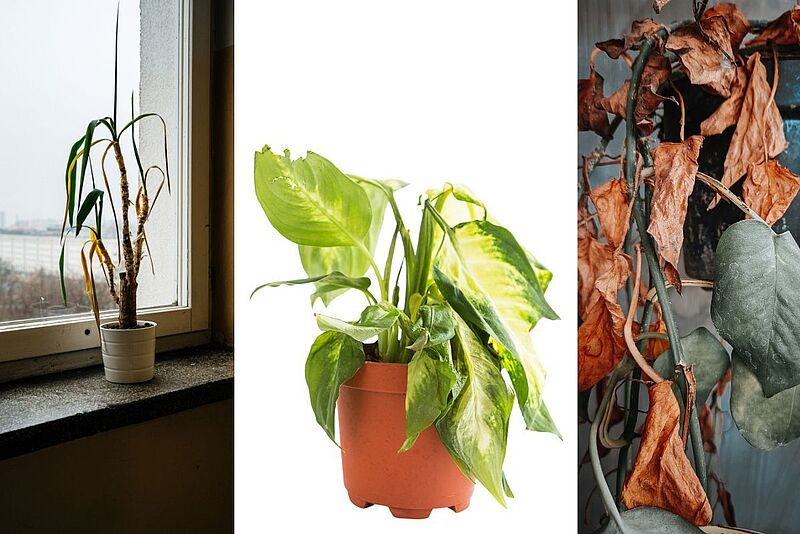
Physical Control Methods
- Yellow Horiver Cards and Roller Traps: Place them close to the soil line for maximum effectiveness. They will slowly decrease the infestation by attracting and catching female adult Fungus Gnats or Shore Flies, reducing the number of new eggs laid. Remember, a female can lay up to 200 eggs in the growing medium over the course of her lifetime, so everyone removed results in a large reduction in pressure. Sticky traps can be highly effective tools provided they are placed close to medium surface and in sufficient quantity. Make it yellow!
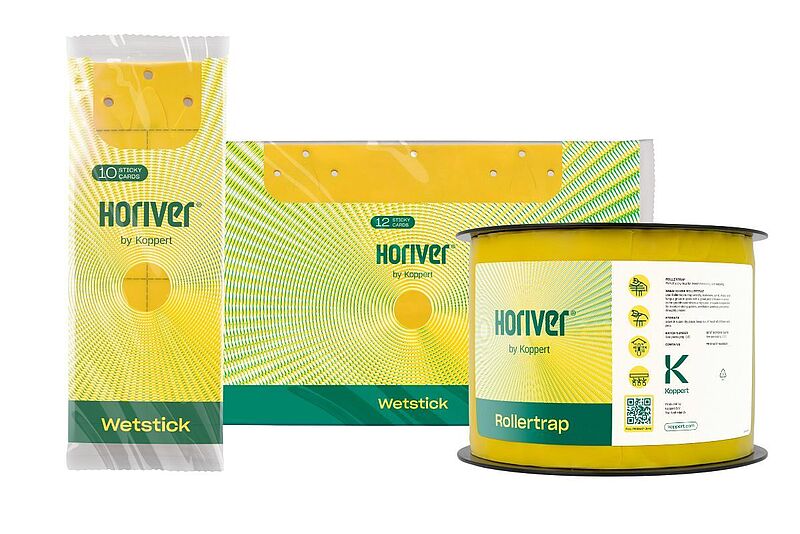
Biological Control Methods
- Entomite-M (Stratiolaelaps scimitus): This soil-dwelling predatory mite, previously known as Hypoaspis miles, feeds on all stages of Fungus Gnats and Shore Fly that live in the soil. Stratiolaelaps is typically applied once at start of crop and reproduces in the medium throughout the crop, though are often re-applied at 6-8 week intervals in high pressure situations.
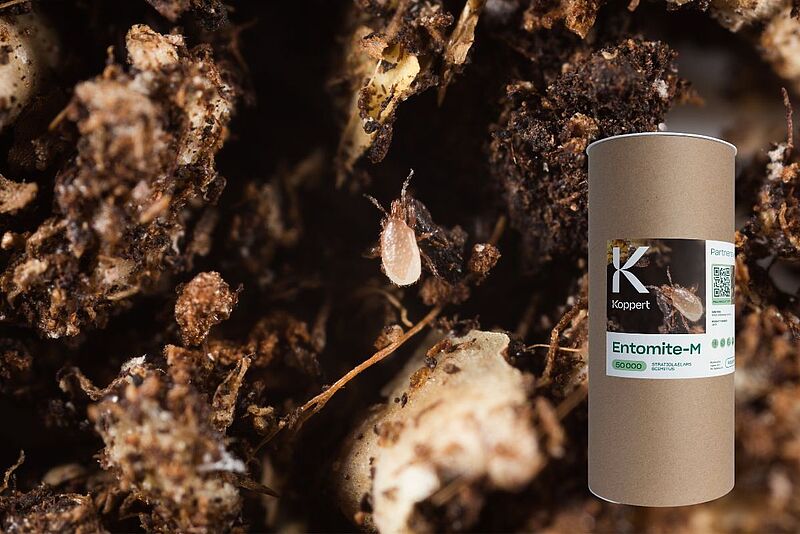
- Entonem (Steinernema feltiae): Use against Fungus Gnat fly larvae.This is a beneficial nematode that kills larvae by penetrating the pest then releasing symbiotic bacteria, converting the larvae into a food source for nematodes. This should be used weekly to break up the pests' life cycle. It will also provide additional control for thrips pupae that inhabit the soil.
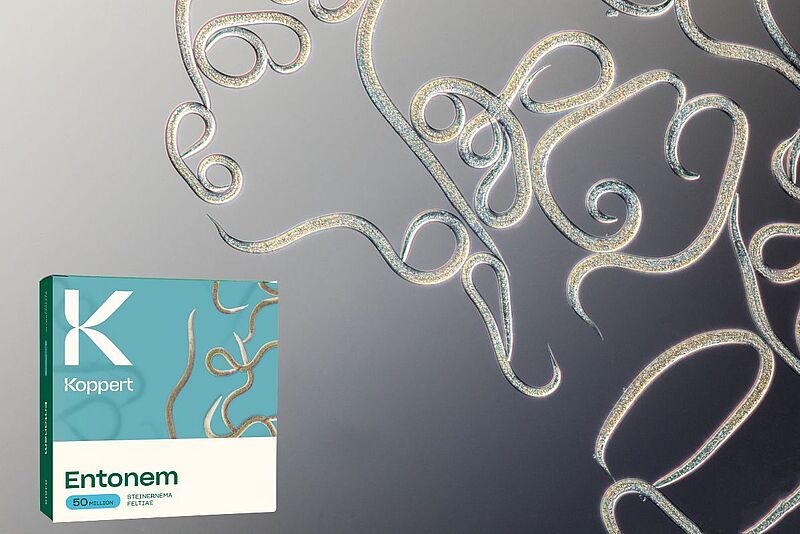
- Capsanem (Steinernema carpocapsae):Use against shore fly larvae. Like Entonem, these nematodes penetrate the pest then release symbiotic bacteria, converting the larvae into a food source for nematodes. This should be used weekly to break up the pests’ life cycle.
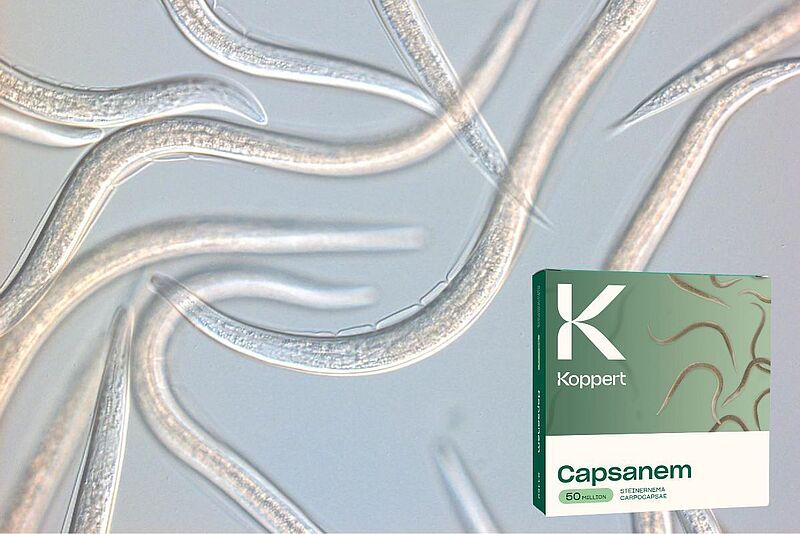
- Atheta (Dalotia coriaria): A generalist predator that targets both Fungus Gnat and Shore Fly. Both the adult beetles and larvae actively search for and feed on eggs, young larvae, and pupae. They are mobile and can distribute themselves throughout a greenhouse or grow room for efficient control but are ineffective against Shore Fly larvae in standing water. It will also provide additional control for thrips pupae that inhabit the soil. Atheta can be inconsistent performers, so we recommend using in addition to more reliable predators such as Entomite or nematodes (Entonem/Capsanem).
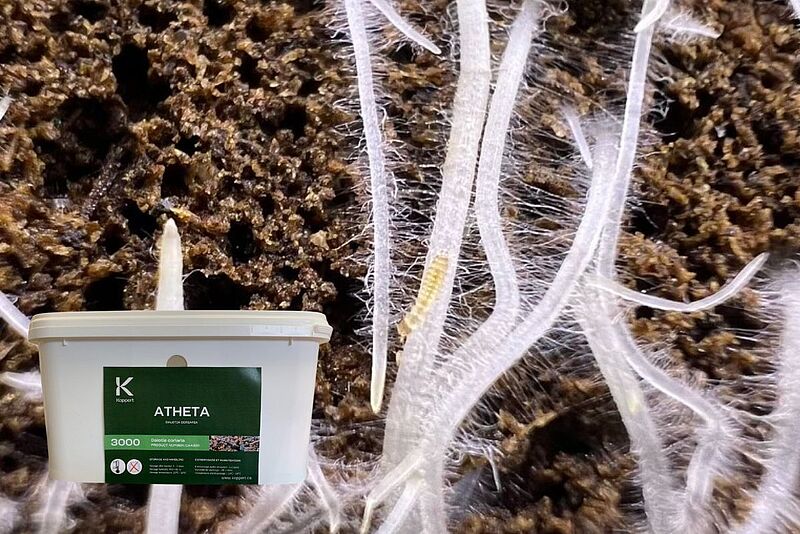
- Entomopathogenic fungi: Though not commonly used, several of the entomopathogenic fungi pesticide products have shown efficacy against the pupae stage of Fungus Gnats when applied to the medium.
- Other Biologicals: Several other beneficials can often be found contributing to control of Fungus Gnats and Shore fly that sometimes show up naturally in Canadian crops.These additional helpers are a bonus side effect of taking a natural pesticide free approach to pest control as they are often suppressed in spray programs.
- Gaeolaelaps gillespiei is a native soil dwelling predatory mite, similar in action to Stratiolaelaps scimitus.
- Coenosia attenuate (Hunter Fly) is a predatory fly with a generalist prey preference. The adult stage feeds on winged Fungus Gnat and Shore fly while the larval stage preys on all soil dwelling phases.
- Two common parasitoids, Synacra paupera (fungus gnat parasitoid) and Hexacola neoscatellae (Shore fly parasitoid) both can show up naturally in large quantities at times.
- BTI (Bacillus thuringiensis israelensis): is a natural bacterium that produces a protein crystal which is toxic to Fungus Gnat larvae when ingested. It is available in several commercial insecticide products and is also sold as “mosquito dunks”. BTI can be effective against Fungus Gnats when applied as a medium drench but is not active against Shore fly.
- Diatomaceous Earth: is the fossilized remains of a type of hard-shelled microalgae that is occasionally used on a small scale grow for Fungus Gnat and Shore fly control. The sharp edges of DE cut insect exoskeletons as they encounter it causing them to dehydrate and die. Though somewhat effective this product is rarely used commercially due to high cost and potential lung irritant qualities (especially an issue in commercial cannabis).
Conclusion
Effectively managing sciarid flies and shore flies requires a multifaceted approach that combines proper identification, cultural, physical, and biological control methods. Different crops and soil medium can require substantially varying inputs to manage Fungus Gnat populations as their rate of growth is driven by the amount of decaying plant matter and available food source. Fast growing plants such as cannabis or vegetables slough far higher amounts of old roots than something like a slow growing tropical plant. Because of this they require correspondingly higher biocontrol inputs to control. By implementing these strategies, you can effectively prevent/manage Fungus Gnat and Shore fly populations, ensuring the health and vitality of your plants allowing for a more productive yield.








